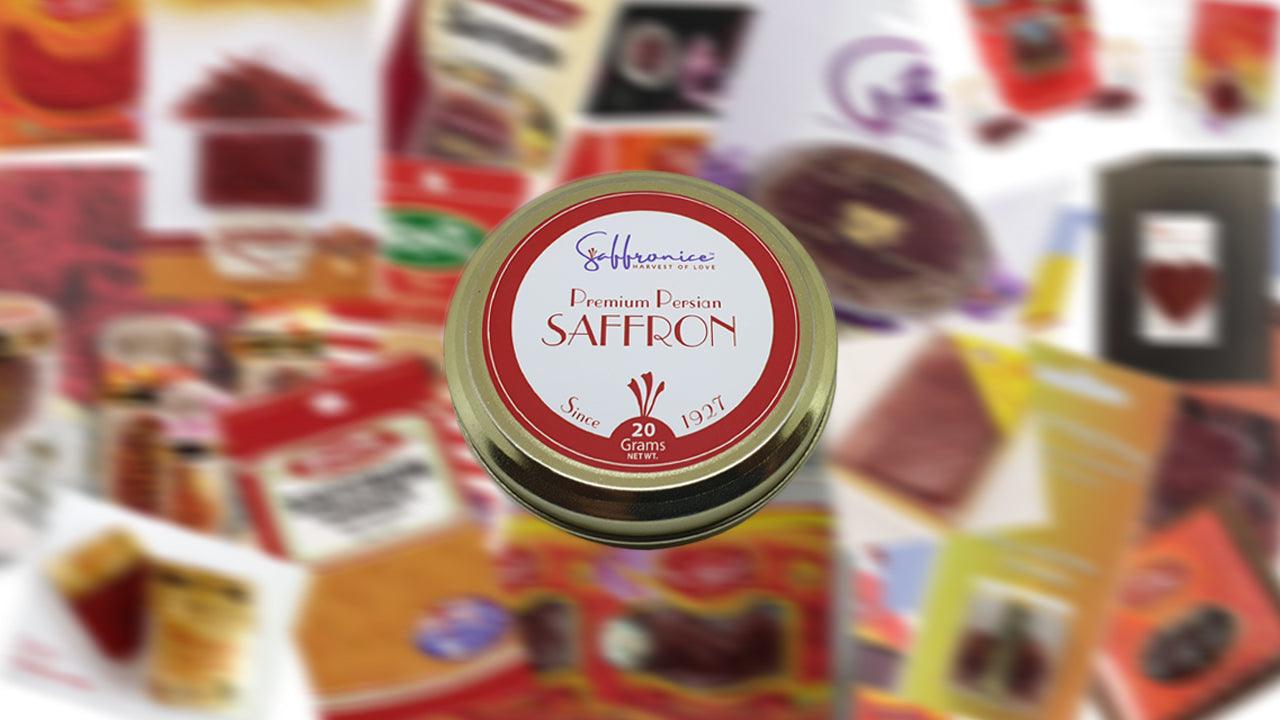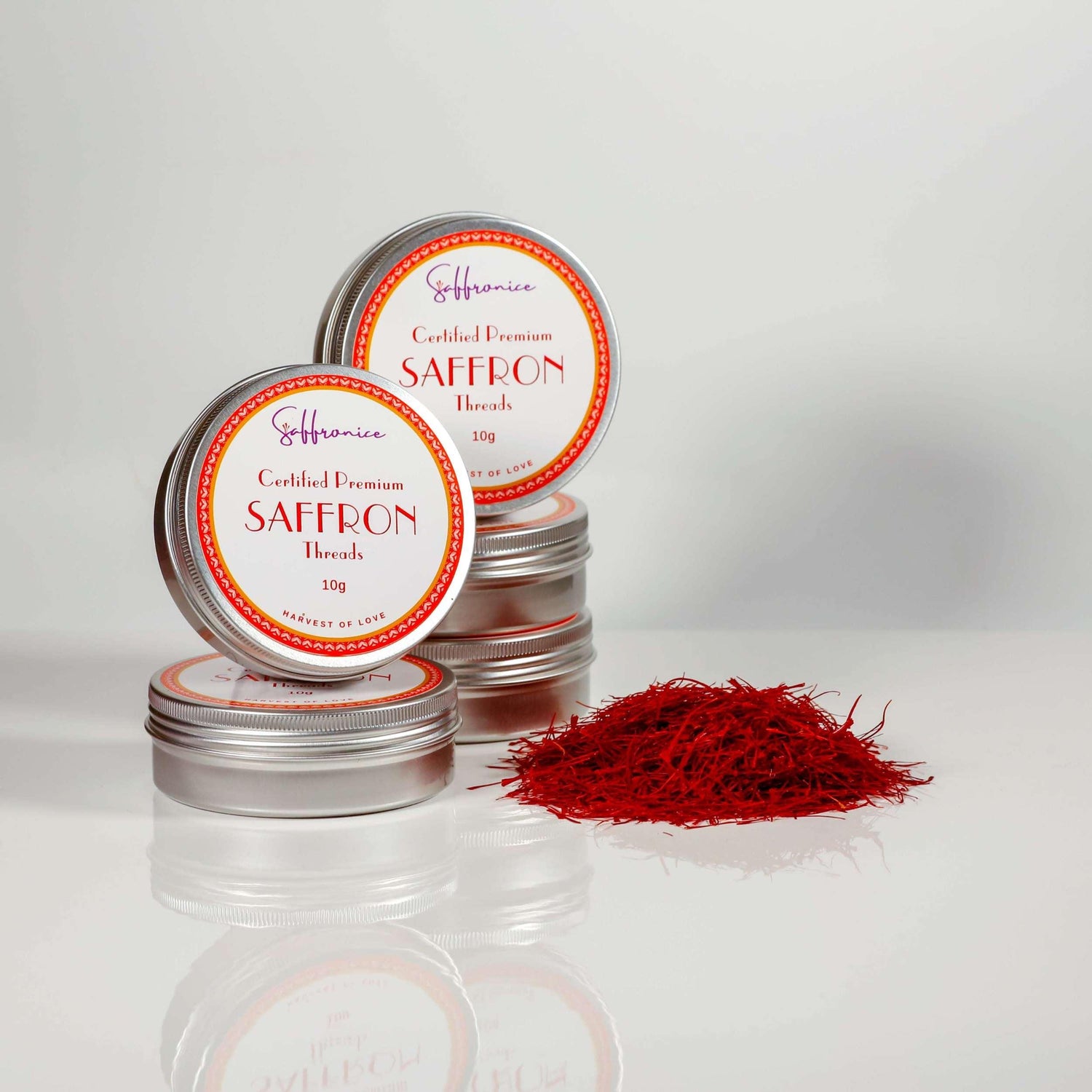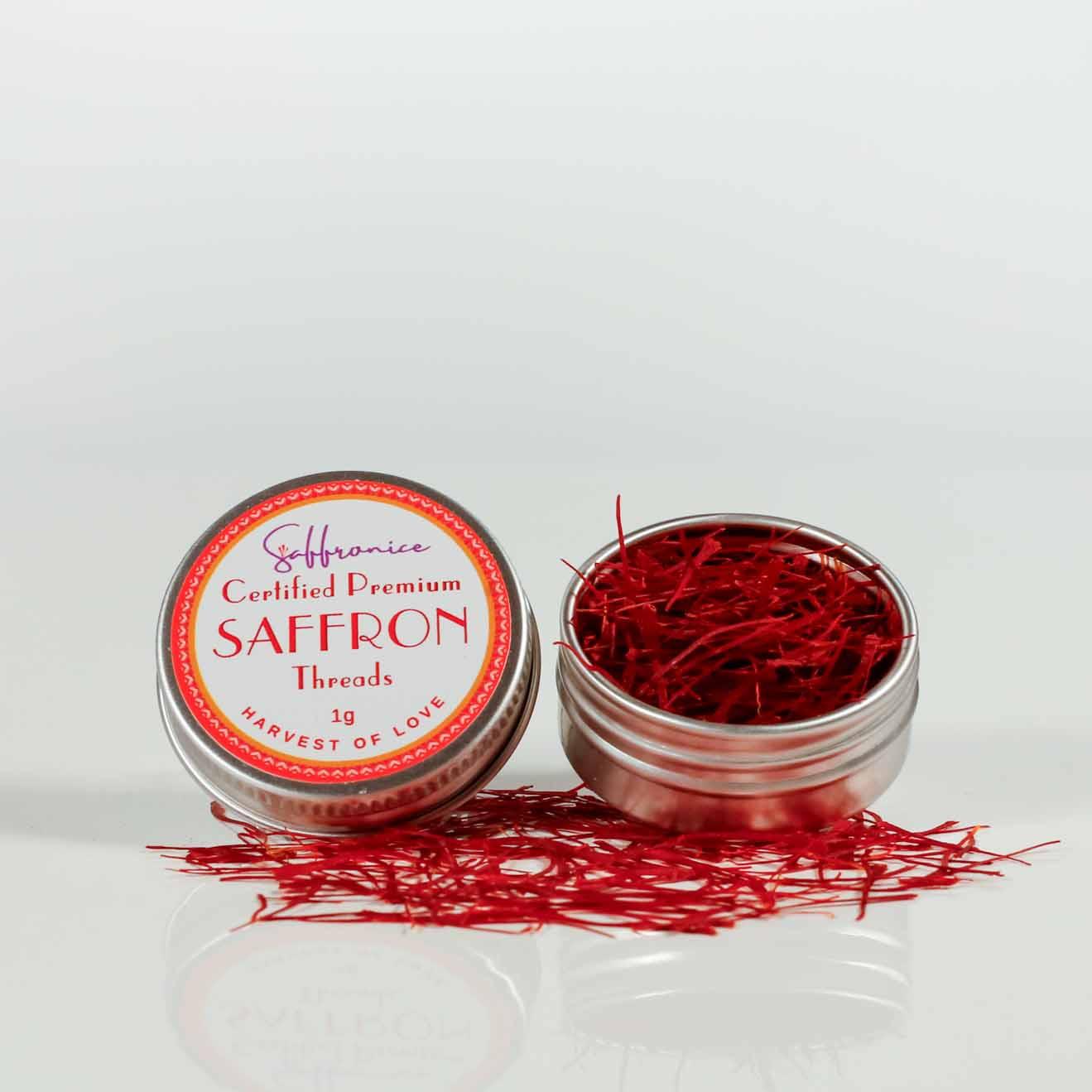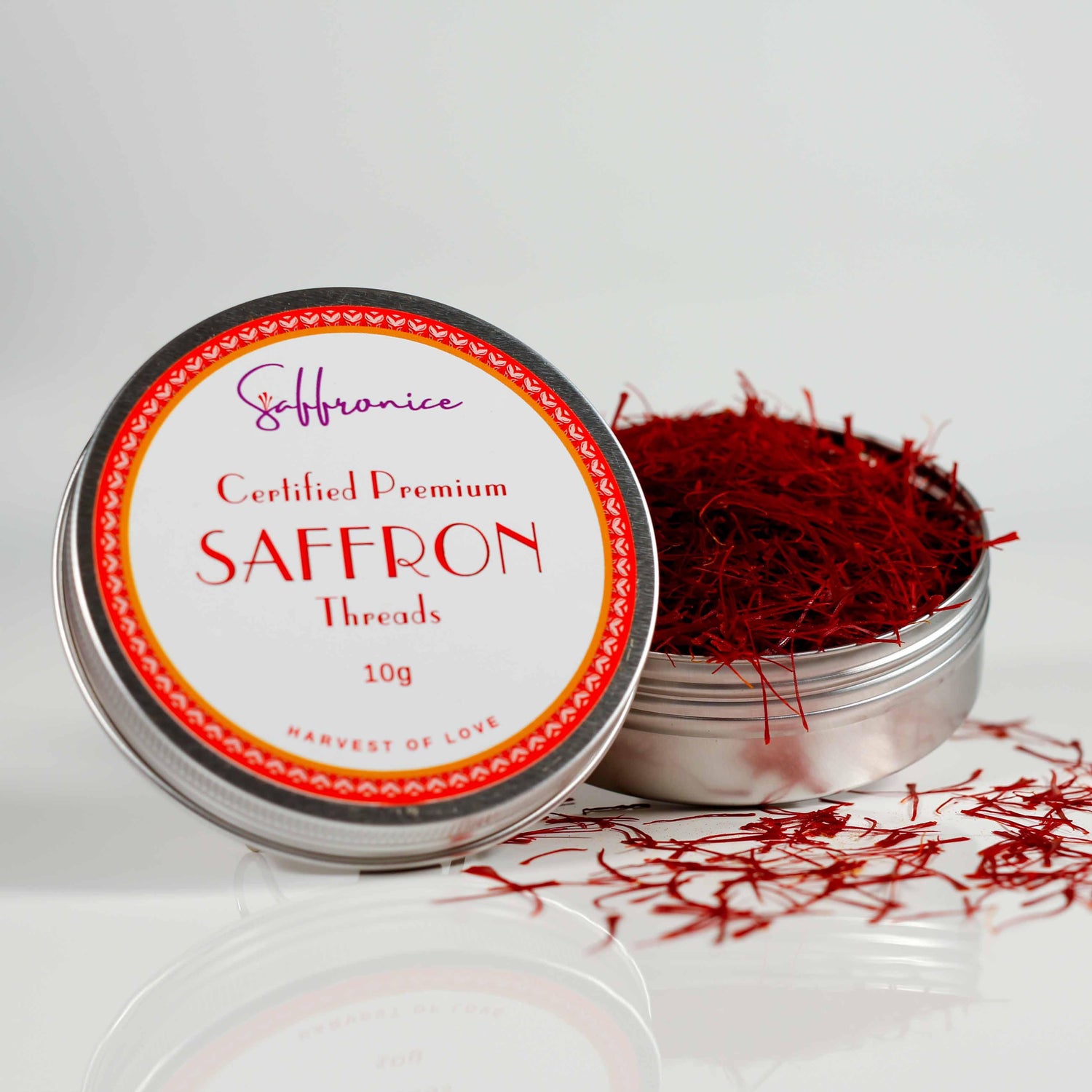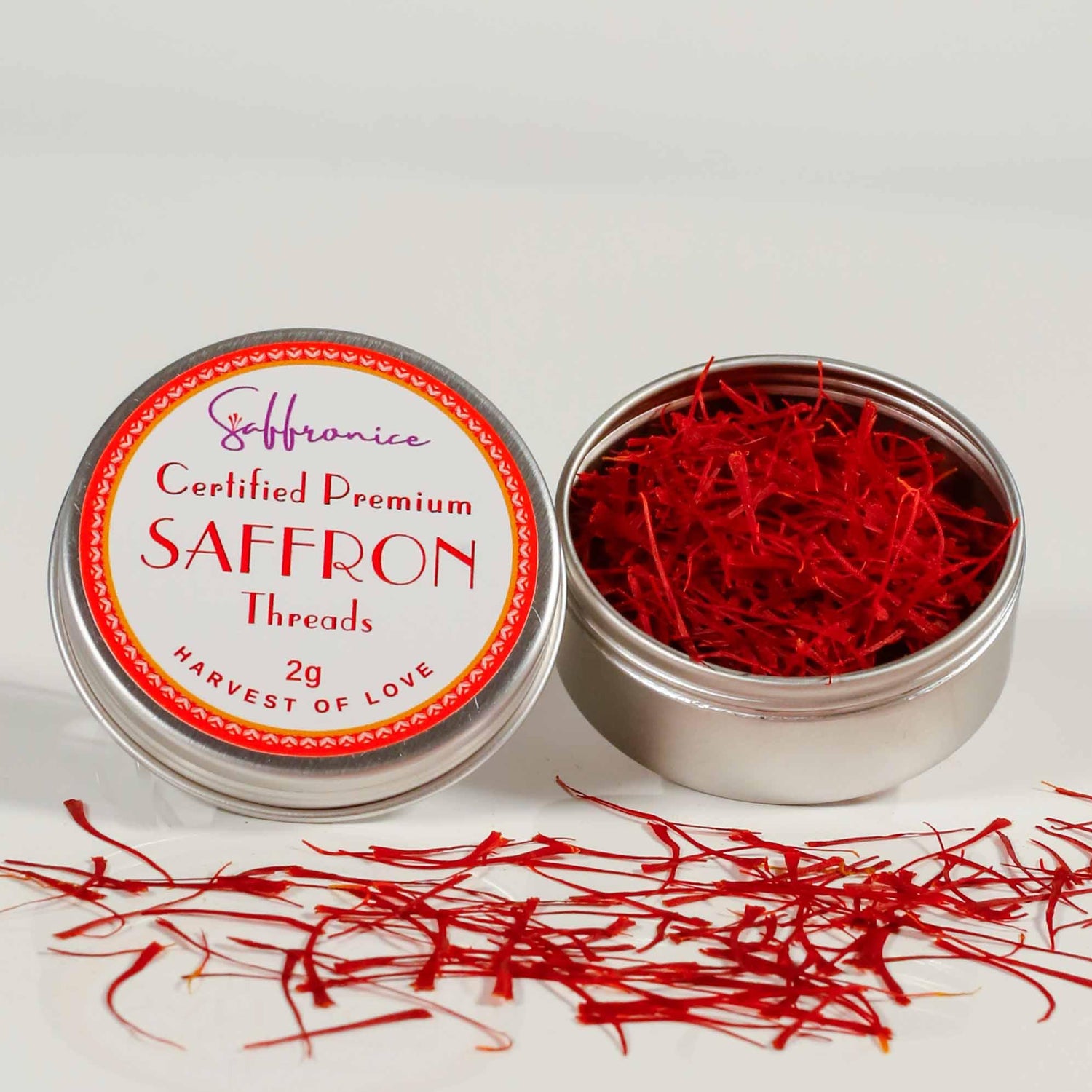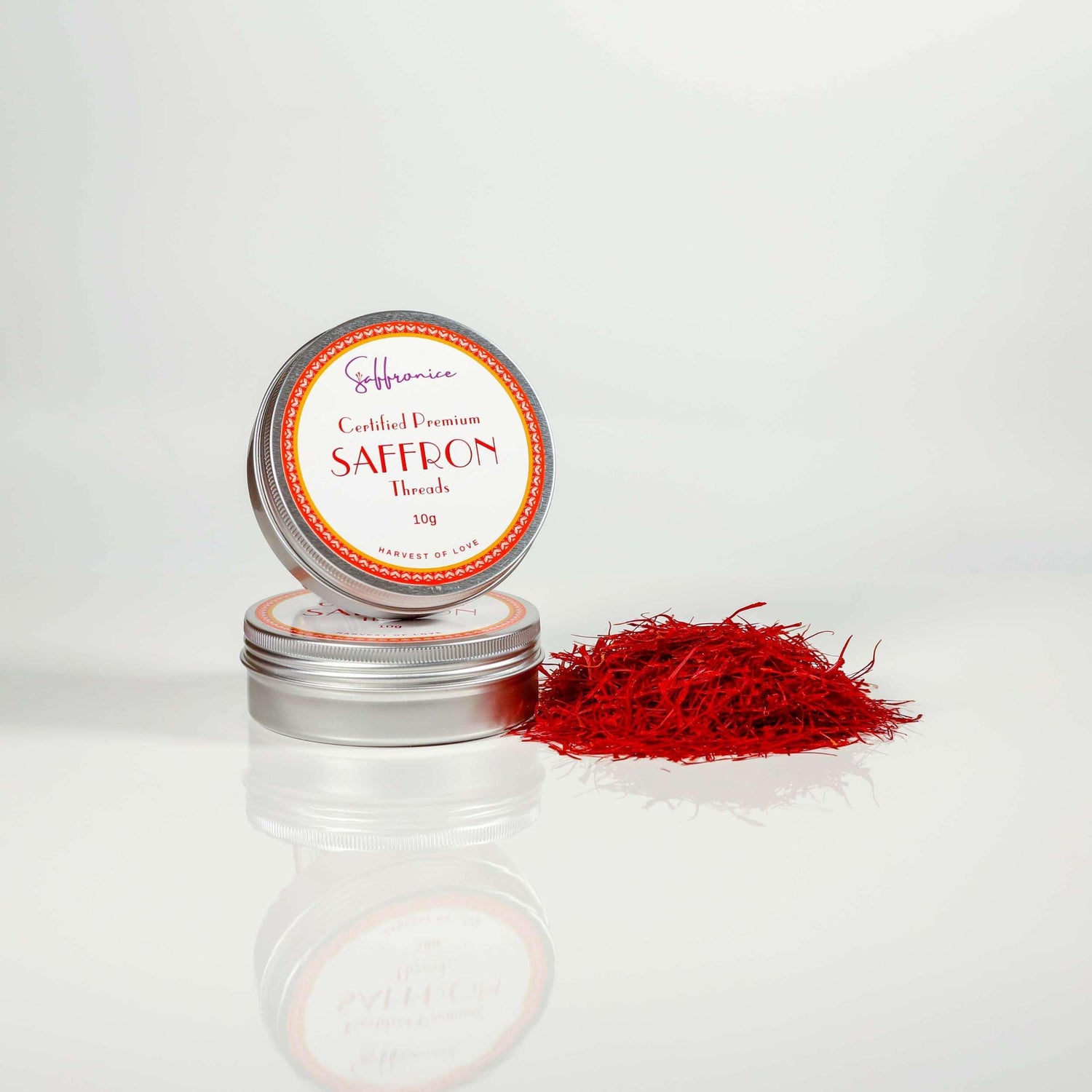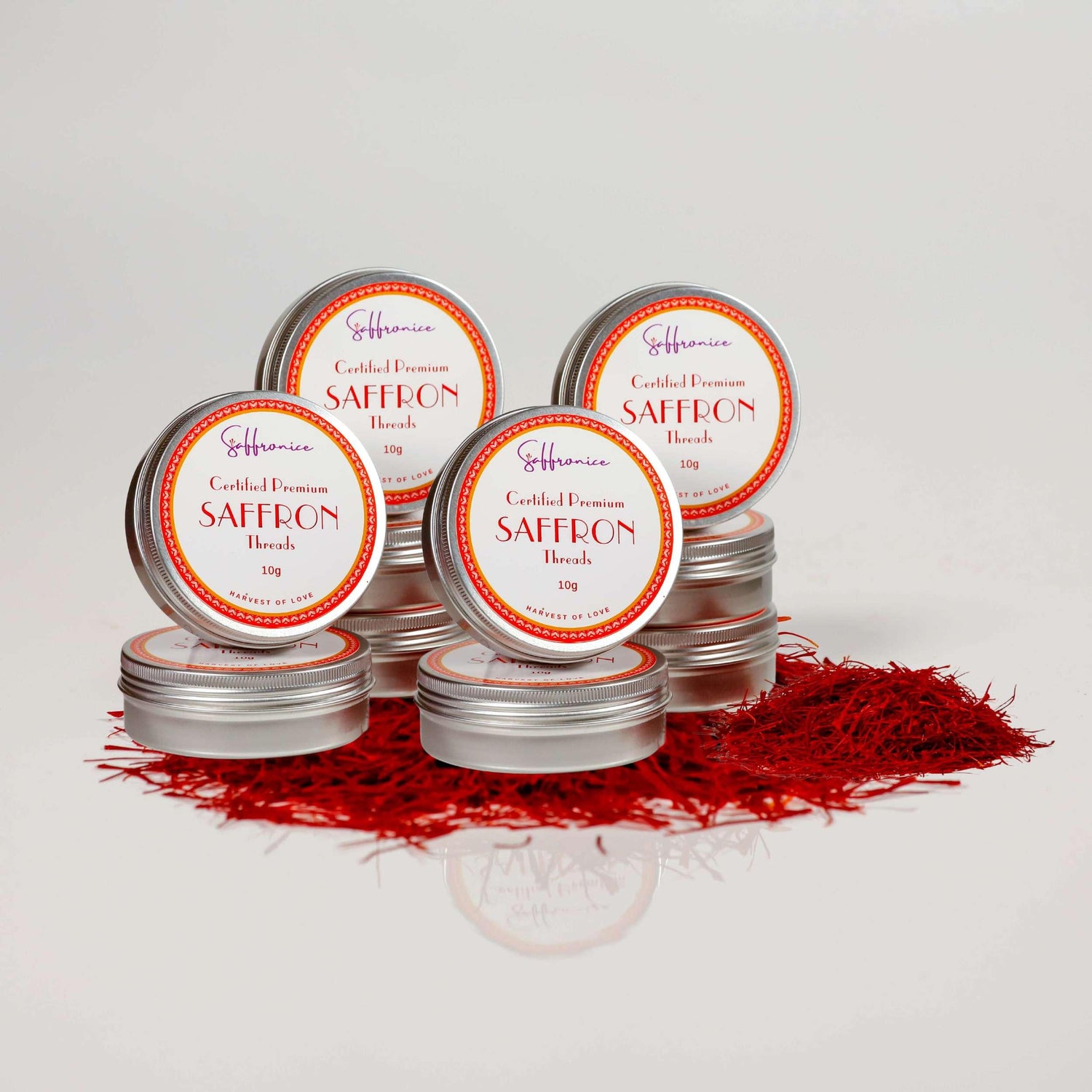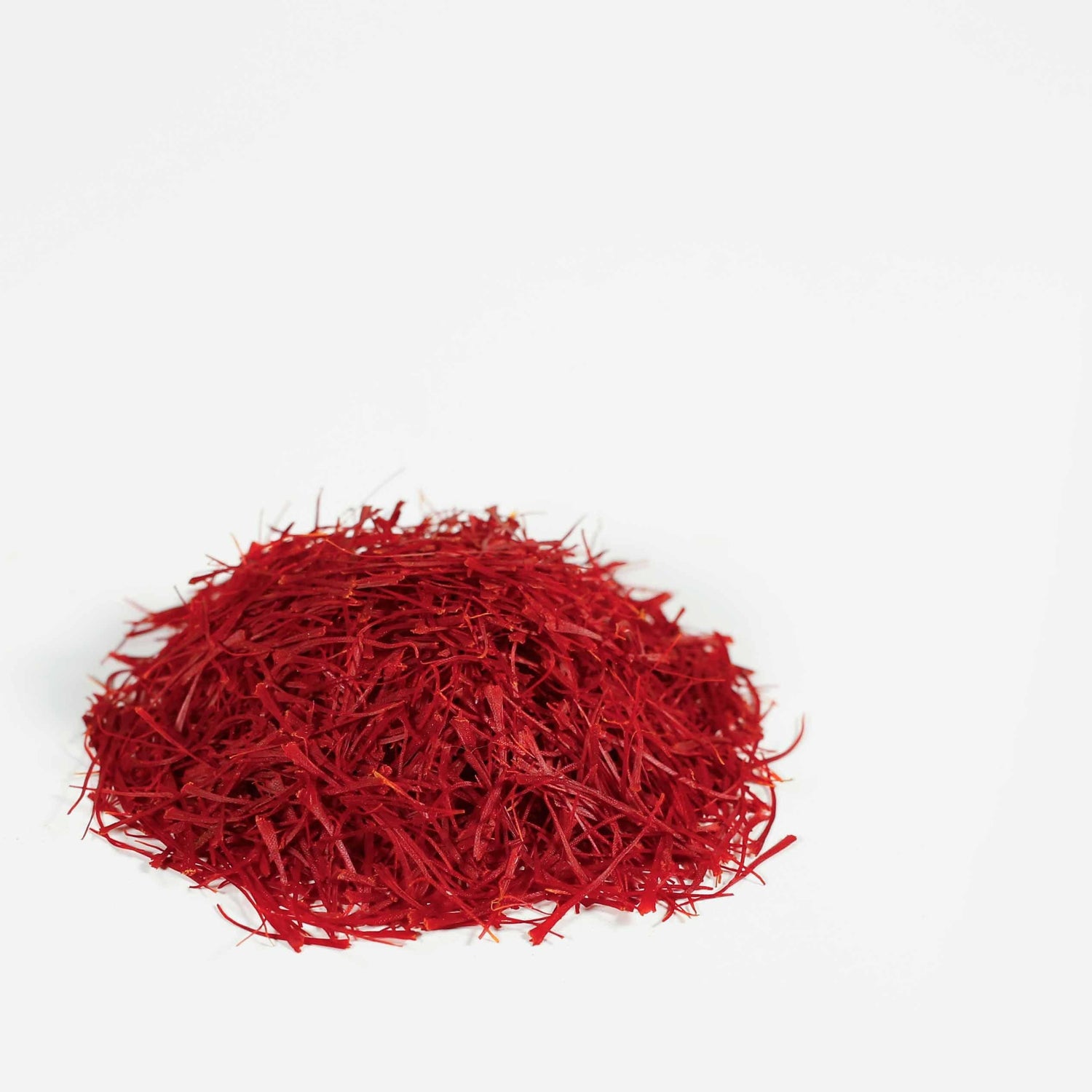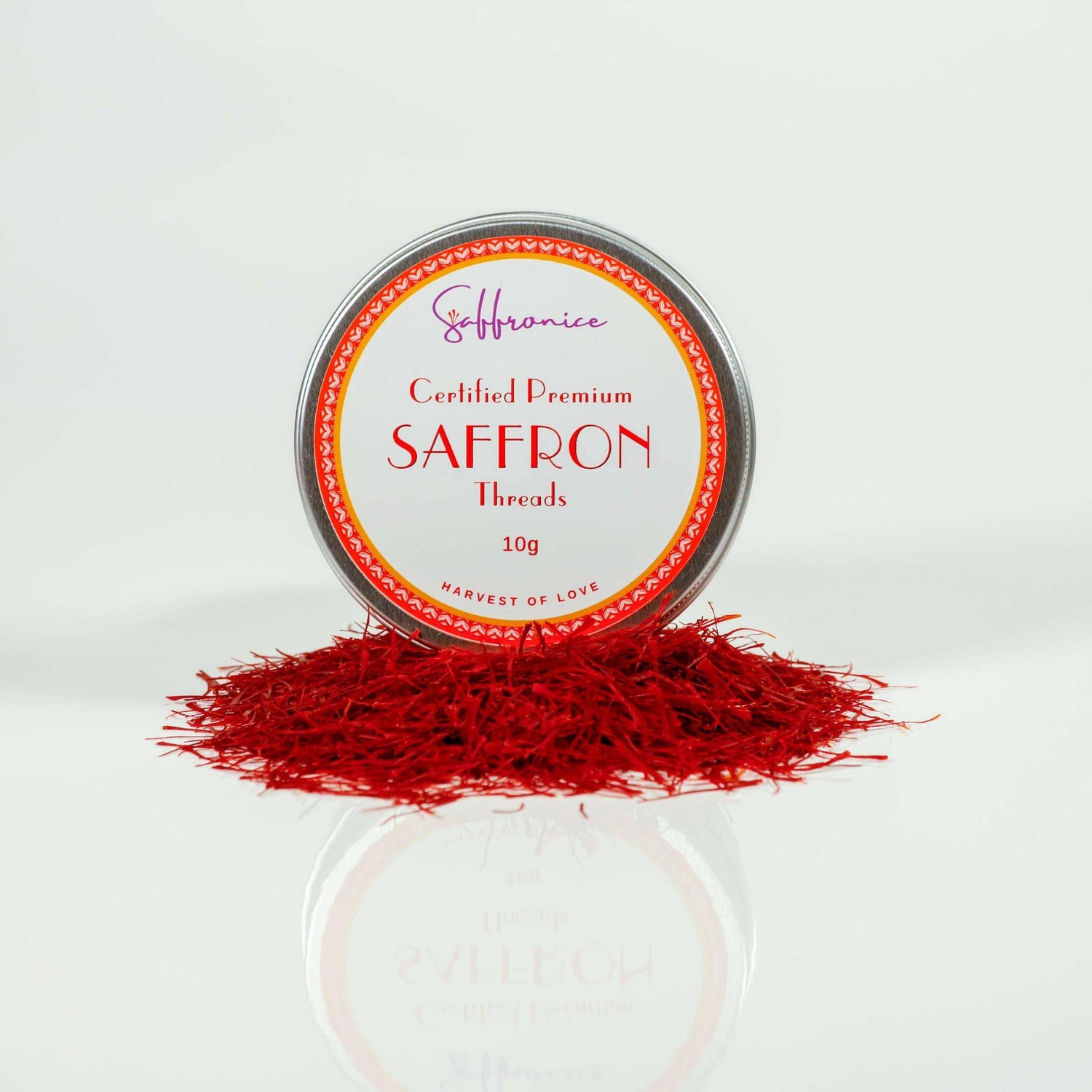Metal vs Other Packaging
Buying top-quality saffron is a serious investment. That’s why people pay such close attention to things like farming methods, ISO test results, and shipping. But how often do we stop to think about the packaging that our saffron comes in?
Not too often, we’d guess. But despite what your teachers told you about judging a book by its cover, sometimes what’s on the outside really does matter! In this short article, we’ll take a look at a few key differences between plastic packaging and metal packaging.
Light and heat
Saffron is a delicate spice, extremely sensitive to its environmental conditions, and especially to heat and light.
That’s why our farms only harvest during the nighttime hours when the saffron plants are at their most active and potent. It’s also why we dry our saffron threads in cool, shady rooms (without using the harsh heat dehydration methods of commercial producers).
And for this same reason, it’s extremely important to ship and store saffron correctly. All of those fragile biochemical compounds that give the spice its flavour and medicinal properties—captured in that slim nighttime harvest window, carefully protected during processing—can still quickly break down when exposed to the sun or to heat.
Transparent plastic packaging, often used in the shipment of commercial saffron, simply doesn’t do a very good job of protecting those little crimson threads from the elements. A lightweight metal container does a much better job of shielding the spice from bright sunlight and insulating it from extremes of heat.
Contamination
Another thing to consider when comparing plastic to metal packaging is the risk of contamination from plastic containers. This is significant for anyone using saffron as a food product, obviously. But it’s even more important for those who are using saffron to treat health conditions—people whose bodies need all the help they can get!
Now, this isn’t to say that all plastic is evil. But there’s a lot of bad stuff in many, many plastics used for commercial shipping of food products. And unfortunately, this includes saffron.
To give a couple of examples, many bottles and food containers release bisphenol A, or BPA, which has been linked to a host of health problems. Containers, wraps, or caps made from PVC also carry risk, since they often contain additives used to make them more flexible—additives which may contain endocrine disruptors and other nasty substances.
The worst part? It’s often very difficult to know what’s in your plastic packaging, especially when it’s coming from overseas. Is it safe plastic, or does it contain harmful chemicals? Who knows!
That’s another reason to buy products that come in simple, metal containers instead of the clear plastic that is so often used: it simply eliminates unknowns, and reduces overall risk.
Sustainability
People who buy saffron are generally interested in quality, whether they’re making fine food or using saffron for its health benefits. And we’ve found that, in general, they want to know that what they’re buying has been produced the right way. That means, for starters, environmentally friendly farming practices and economically ethical relationships with growers.
And it also means that saffron buyers are concerned about sustainability. And here again, metal has a clear edge over plastic as a form of packaging.
There has been so much in the news about plastic waste in our oceans and landfills. And recently, some municipalities have become so concerned about single-use plastics that they’ve started banning plastic straws in restaurants. So it should be clear why most saffron buyers don’t want to add to the problem by purchasing a product that comes in a wasteful, non-biodegradable package.
Aside from the advantages mentioned above, metal packaging is much better for the environment. Screw-top cans can be repurposed as storage containers for small (and easily lost!) household or personal items. And even if you don’t want to reuse saffron containers, metal is easily recycled as well.


